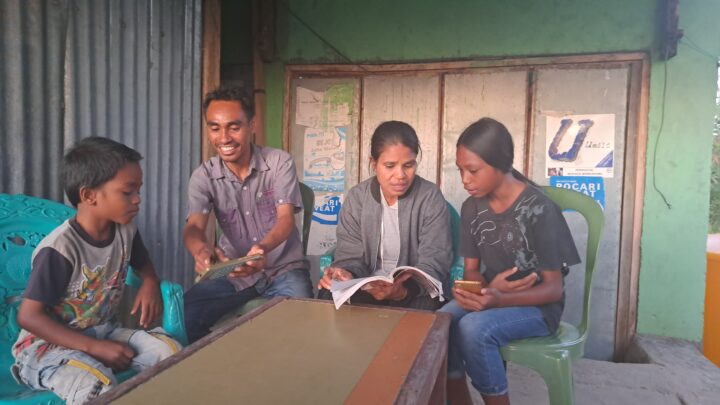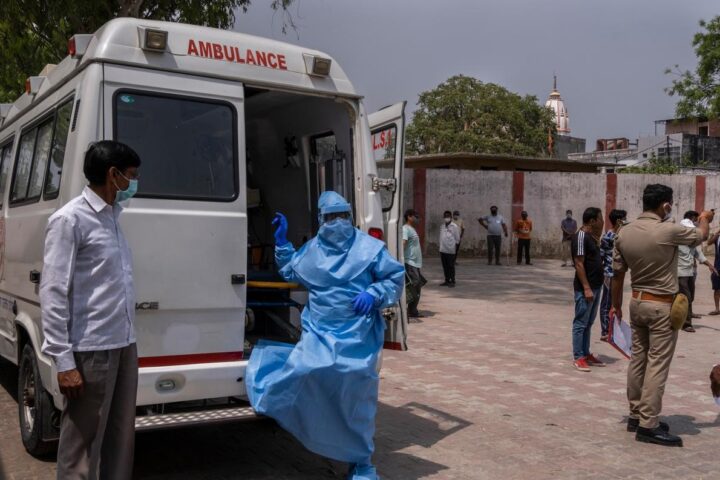Read the following guest blog and TAP Storytelling piece from ChildFund Alliance, a global network of 11 child-focused development and humanitarian organizations, about their ambitious work on SDG16.2.
Tag: covid-19
In the face of the COVID-19 Pandemic, Our Commitment to SDG16+ Matters Now More Than Ever
June 18, 2020 In the face of the COVID-19 Pandemic, Our Commitment to SDG16+ Matters Now More Than Ever By […]


